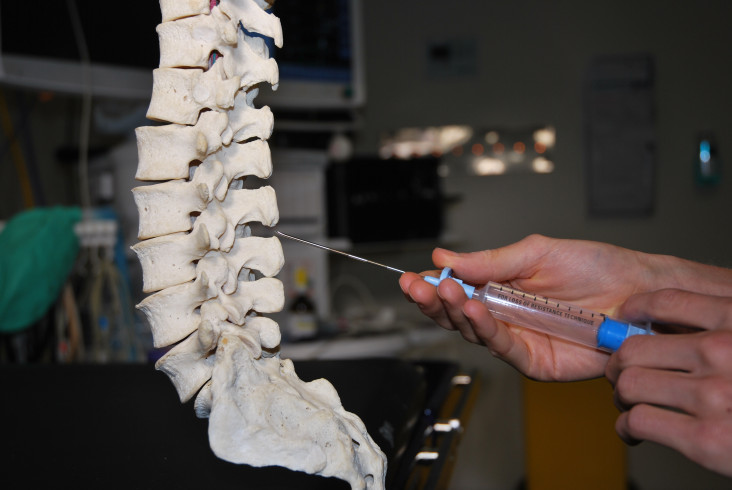This is a technique for delivering medication straight to the spinal cord. In case, all other traditional techniques have been unsuccessful to relieve long term symptoms, then a pain pump might be an alternative treatment. Based on the fact that the medication is delivered straight to the spinal cord, it can work in a way to control the symptoms with a much smaller dose than is required with oral medication. The objective of intrathecal pump therapy is to efficiently control the symptoms and to diminish oral medications.
The Anticipated Outcomes after the Procedure
The patient will wake up in the postoperative recuperation facility. Furthermore, the patient’s blood pressure, heart rate, and respirations will be observed, and the pain will be addressed. In most cases, the patient is allowed to go home the same day. The patient will be provided with the written instructions to follow. Outcomes will differ contingent upon the underlying condition being dealt with and its seriousness.
Possible Complications after Intrathecal Pump Therapy
In this case, the adverse effects are minimal, in spite of the fact that they do exist. Similarly, as with all surgeries, complications may incorporate infection and bleeding. The catheter could move or end up blocked, or the pump could quit working (however, rare). The fluid can gather around the pump resulting in a clear watery discharge from incisions or result in a headache. However, these normally vanish on their own but may require a drain.
Adverse effects from the medications may incorporate:
- Respiratory Depression
- Twitching
- Muscle Spasm
- Urinary Retention
- Constipation
- Nausea
- Vomiting
- Dizziness
- Anxiety
- Depression
- Edema
Contingent upon how much medication the pump delivers, the battery will eventually be required to replace.
Possible Limitations after Intrathecal Pump Therapy
The patient will be advised to stay away from particular activities for around six to eight weeks in order to avoid movement of the catheter. Moreover, no bending, twisting, stretching, raising the arms over the head or lifting heavy objects. Prevent sleeping on stomach. No climbing stairs or sitting for extensive periods.
The patient will be advised to avoid driving for 2 to 4 weeks after surgery or until examined with their surgeon. Furthermore, housework and yard-work are not allowed until the first follow-up office visit. This incorporates gardening, mowing, vacuuming, ironing, and loading/unloading dishwasher, or dryer.
Who Are The Suitable Candidates?
This procedure incorporates individuals for whom traditional treatments have been unsuccessful. The decision of treatment relies upon the sort of pain, how serious it is, and how you react to pain treatment. In the event that the doctor thinks you are a decent candidate for intrathecal pump therapy, you can go through a trial screening test so you can go through the treatment to check whether you are a decent candidate.

